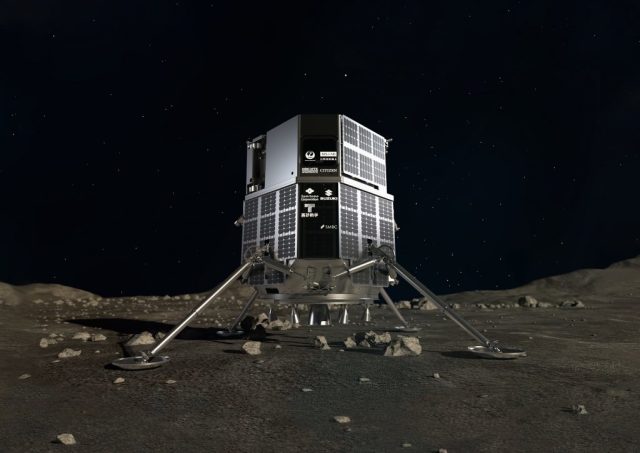The unsuccessful mission of the Japanese startup ispace inc (9348.T) the Hakuto-R moon landing last month was caused by a miscalculation of altitude, due to which the spacecraft ran out of fuel, the company said on Friday.
Tokyo-based ispace has lost contact with the Hakuto-R Mission 1 lander after the spacecraft made the world's first attempt at a commercial soft landing on the surface of the moon.
The incident was the latest setback in Japan's space program. The National Space Agency in March had to destroy its new medium-lift rocket H3 after it reached space, and its solid-fuel rocket Epsilon failed after launch in October.
According to ispace, improvements will be made for the next two missions.
— ispace Executive Director Takeshi Hakamada.
Just as national space agencies have dominated space exploration in the past decades, numerous private players are competing in a new space race between the United States and its allies against an increasingly ambitious China.
NASA is counting on Elon Musk's SpaceX to deliver many of its payloads into orbit, and last week the agency also signed a contract with the Blue Origin team led by Jeff Bezos.
After launching the Hakuto-R lander aboard a SpaceX rocket with great fanfare in December, ispace shares debuted on the Tokyo Stock Exchange in April. But at the final stage of landing early on the morning of April 26, ispace lost contact with the ship.
ispace shares rose to 2,373 yen, more than 9 times their IPO price, in the first days after their debut. They fell below 800 yen after the Hakuto-R debacle, but have since recovered, last trading at 1,748 yen ($12.94).
Photos of the debris and impact crater at the site of the proposed Hakuto-R landing were published this week by NASA, which scanned the area with its lunar reconnaissance orbiter.
An ispace investigation revealed that after the spacecraft flew over a large lunar cliff, a sensor software failure caused a discrepancy between its actual and expected height, and after it ran out of fuel, it fell the last 5 kilometers (3 miles) until it reached the surface of the Moon.
— Ryo Ujie, Chief Technical Officer of ispace.
The company changed the target landing site just seven months before the landing attempt, abandoning the flatter terrain chosen in 2021 for a new location near the cliff, "to maximize the benefits of the mission," Ryo Uji told reporters. He declined to say exactly when the changes were made.
— Re Ujie.
The second space mission is planned for 2024, and another M1 lander should carry the company's own rover. Starting in 2025, the company will work with Draper to deliver a NASA payload to the moon in order to build a permanently manned lunar colony by 2040.
Alexey Pavlov

